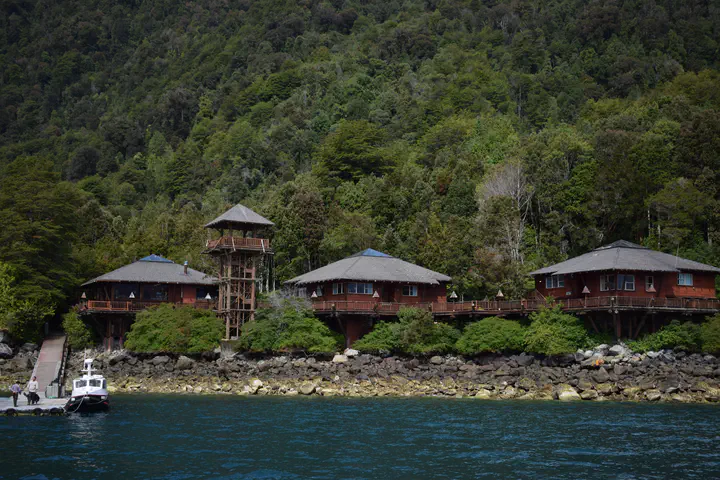Microbial Ecology
 Base cientifica de San Ignacio de Huinay, fiordo Comau
Base cientifica de San Ignacio de Huinay, fiordo Comau
The diversity and functional significance of microbial communities have become apparent in the last 20 years. Microbial and viral communities dominate nearly every habitat on Earth from the deep ocean subsurface to the mountain tops and everything in between. Microbes contribute to planetary-level processes such as element cycling and to other organisms’ homeostasis such as humans and other non-human animals and plants. While recent advances in microscopy, nucleic acid sequencing, and microbial culturing, are enabling researchers worldwide to study microbial communities in the most varied environments, we continue to learn more about processes and mechanisms that govern microbial communities, both at the community and the molecular level. Likewise, microbial ecology is maturing into a discipline concerned not only with describing patterns and inferring processes, but also with manipulating and designing microbiomes.
In the Center for Integrative Ecology, we approach microbial ecology at different levels of organization, from molecules, to populations, to communities, and traits. We focus on extreme environments from high latitudes or altitudes including Patagonian fjords and channels and desert environments such as Antarctica and the Atacama Desert in an effort to characterize and understand phylogenetic and functional diversity locally but with global impacts. These extreme environments offer unparalleled opportunities to untangle microbial interactions and function. In Antarctica, for instance, we study origin, phylogeny and function of soil and rhizosphere microbes, including viruses. In this environment, only two vascular plants naturally occur, which turn this environment effectively in a natural laboratory for conducting microbial ecology. In the remote Patagonian fjords and channels, little is known about composition and diversity of microbial communities, let alone their functions and emerging properties such as resilience and resistance. And in the Atacama Desert, we know a great deal about microbial community composition and structure but much less about the functions microbes and viruses encode.
In this area of research, we attempt to answer questions including but not limited to interactions between different ecosystems, populating the branches of the microbial and viral tree of life, and understanding how viruses exert control of microbial communities in terrestrial and aquatic ecosystems. Some of the questions are: How do microbial communities migrate? What is the relative contribution of soil or the phyllosphere to migration? How migrating microbes are incorporated to their new habitat? What is the coding potential of dark matter microbes and viruses? What mechanisms viruses use to bottom-up control microbial communities? What are the environmental consequences of bottom-up control for microbial services to ecosystems?
Research topics of interest
- Host-microbiome interactions
- Novel microorganisms and novel functions
- Spatial and temporary dynamics
- Engineered and synthetic microbial communities
Postdoctoral researchers
Dr. Sergio Guajardo - viromes, soil communities, bioinformatics
Dr. Jorge Gallardo – botany, yeasts, in situ experiments
Graduate students
Valentín Berrios – bioinformatics, genomics, natural products, biosynthetic gene clusters
Felipe Bermudez – resilience, aquatic microbial communities, mesocosmos.
Cristina Muñoz – bioinformatics, genomics, aquatic microbial communities.
Dr. Jaime Alarcón – phyllosphere, araucaria, biogeography.
International collaborators
Keith A. Crandall – The George Washington University
Marcos Pérez-Losada – The George Washington University
Amy E. Zanne – University of Miami
Christopher Mason – Weil Cornell Medicine